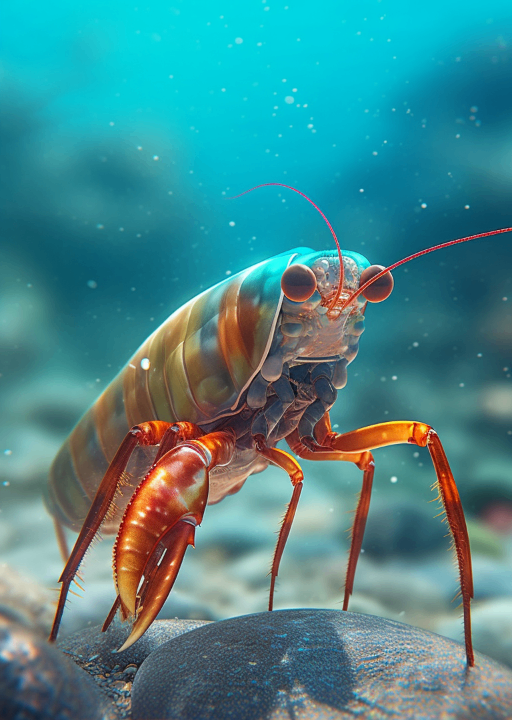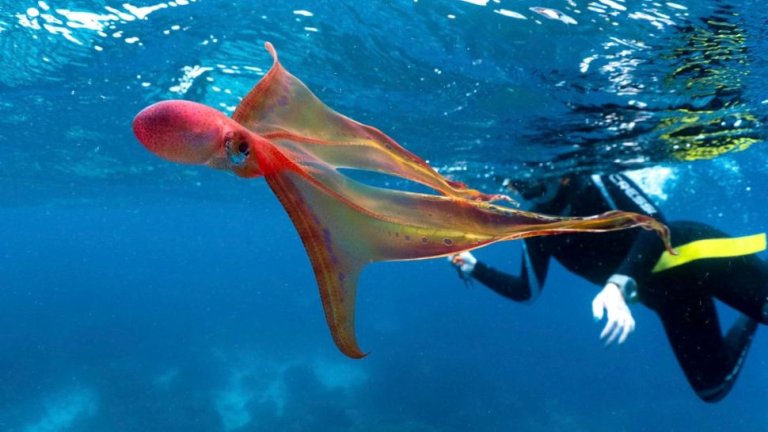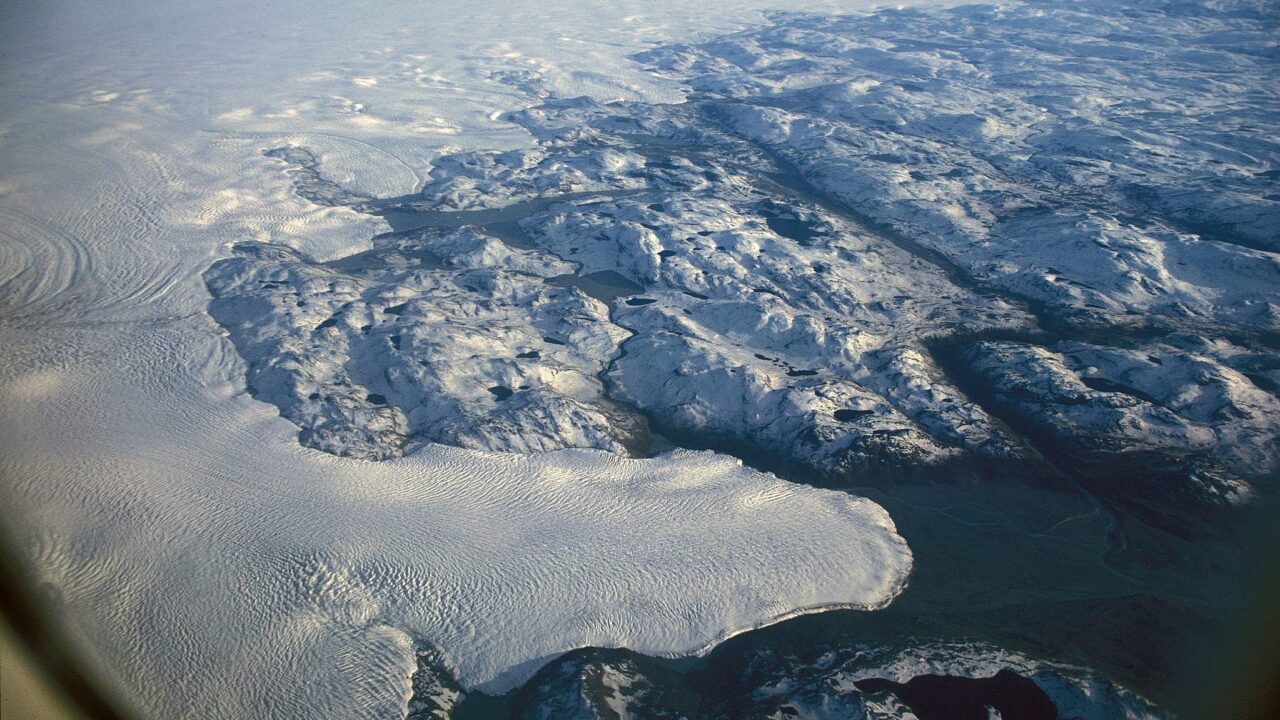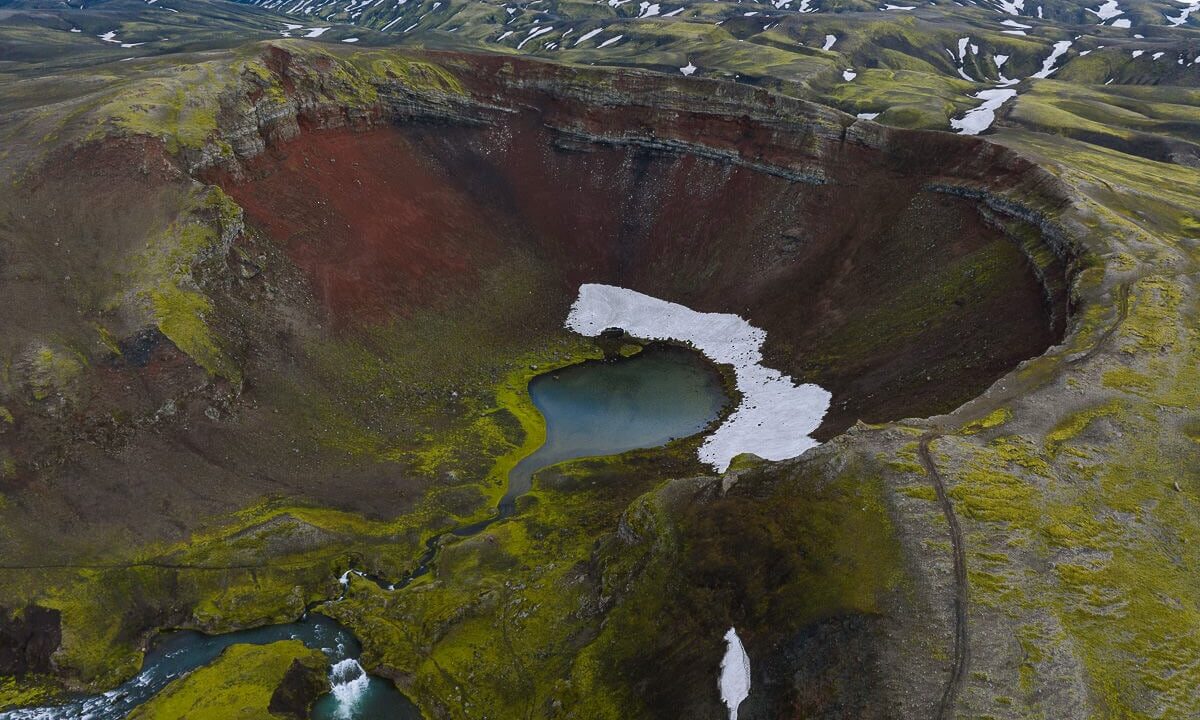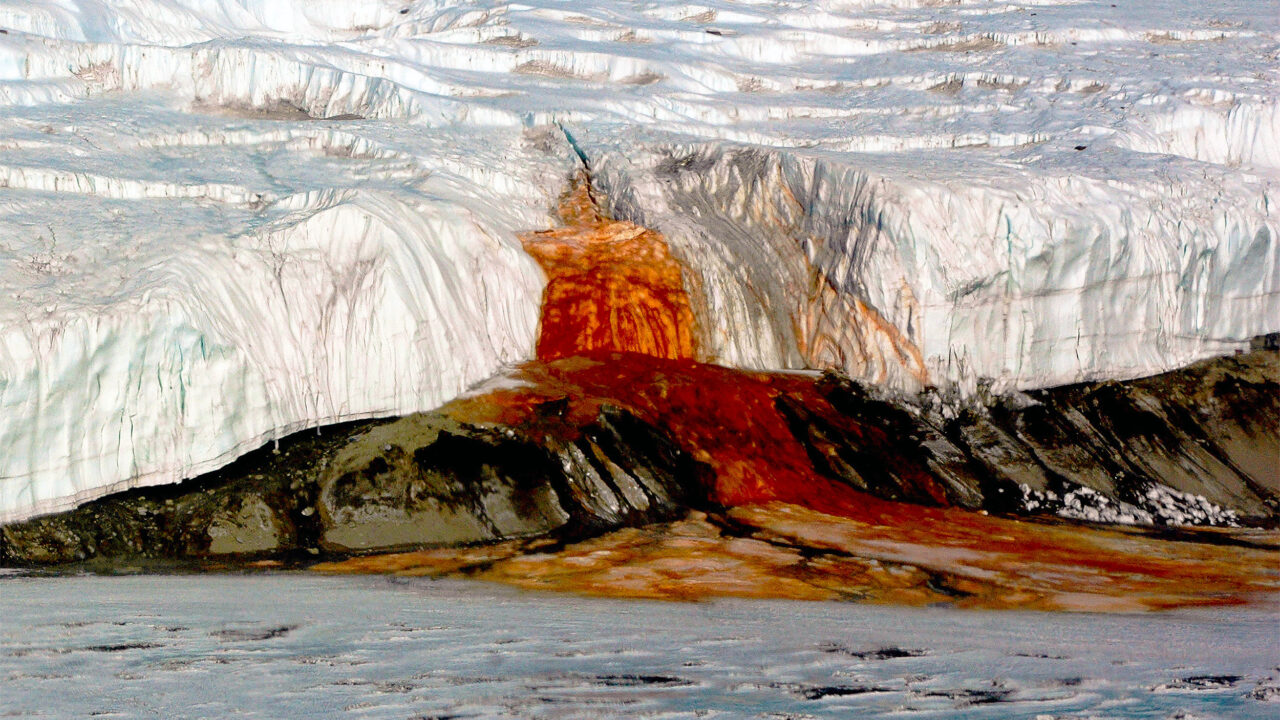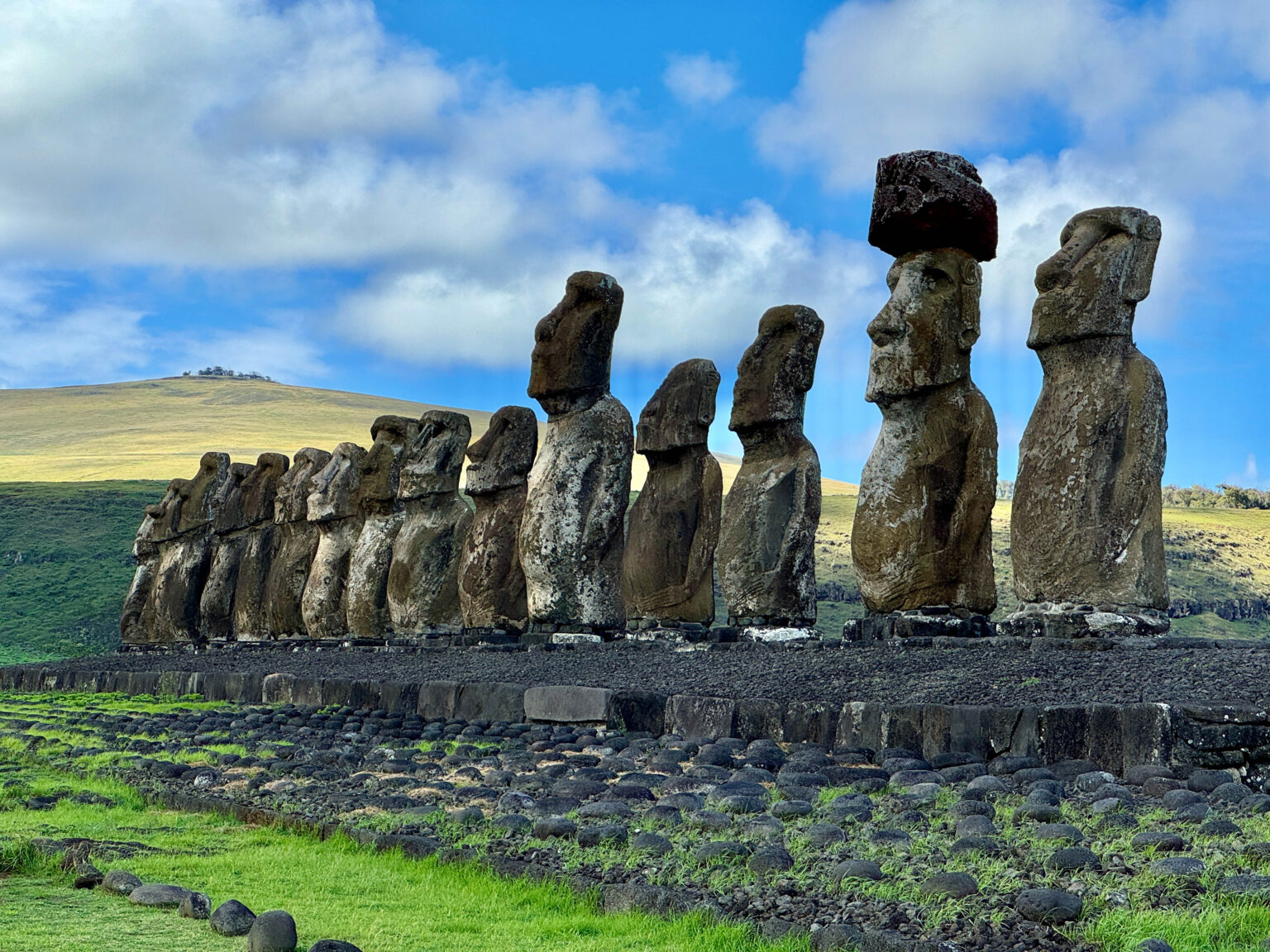In the southeastern Pacific Ocean lies a remote island that has fascinated researchers, archaeologists, and travelers from around the world. Known as Easter Island or Rapa Nui, this small island is home to hundreds of giant stone statues called Moai. To this day, these monumental figures remain shrouded in mystery from their origins and purpose to the astonishing methods used to carve and move them.
1. History and Origins of Easter Island
Easter Island belongs to Chile and is located about 3,700 kilometers (2,300 miles) off the coast of South America. The island got its name from Dutch explorer Jakob Roggeveen, who discovered it on Easter Sunday in 1722.
However, long before European contact, the island had already been settled by Polynesian voyagers between 800 and 1200 CE. These early inhabitants, the Rapa Nui people, were skilled builders of the massive Moai statues and developed a distinct megalithic culture unlike any other in the Pacific.
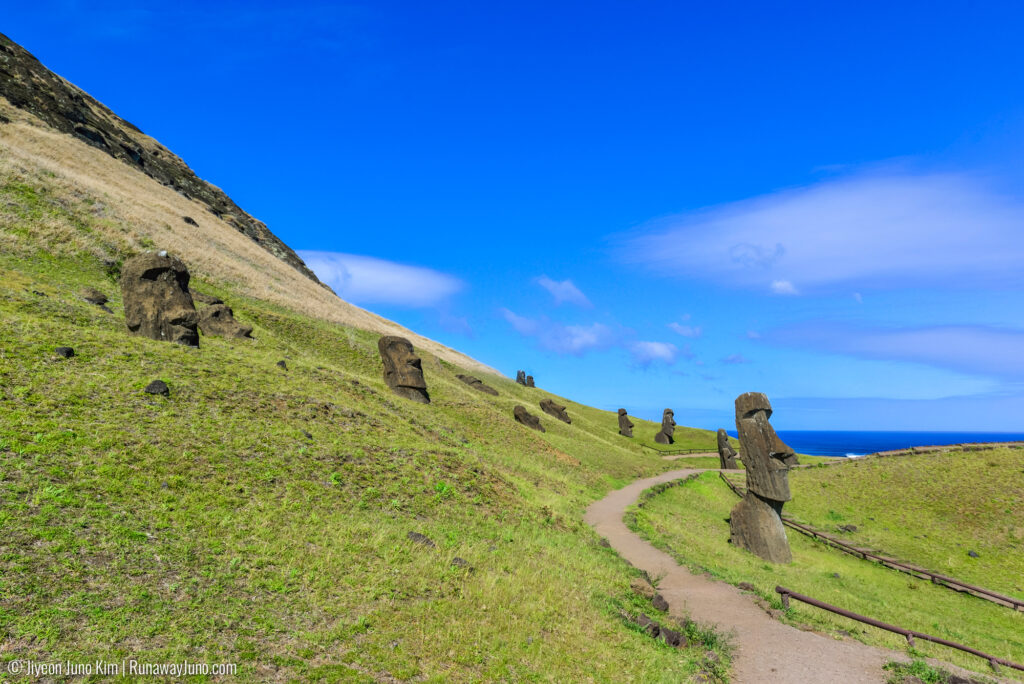
2. The Mystery Behind the Moai
The Moai are large stone figures with oversized heads and elongated bodies, carved primarily from volcanic tuff a soft rock found on the slopes of Rano Raraku volcano, where many unfinished statues remain today.
On average, each Moai stands about 4 meters (13 feet) tall and weighs 13–15 tons, though some reach up to 10 meters (33 feet) in height and over 70 tons in weight. What’s truly remarkable is that these colossal sculptures were created using only stone tools, without any metal or modern technology.
3. Symbolism and Purpose of the Moai
Researchers believe the Moai were built to honor ancestors or important leaders of the Rapa Nui people. Most of the statues face inland, overlooking villages as if watching over and protecting the inhabitants.
The Moai are also thought to represent mana, a spiritual force symbolizing power, authority, and divine connection. Constructing and erecting a Moai brought prestige and social status to the tribe responsible for it, reinforcing their influence within the community.
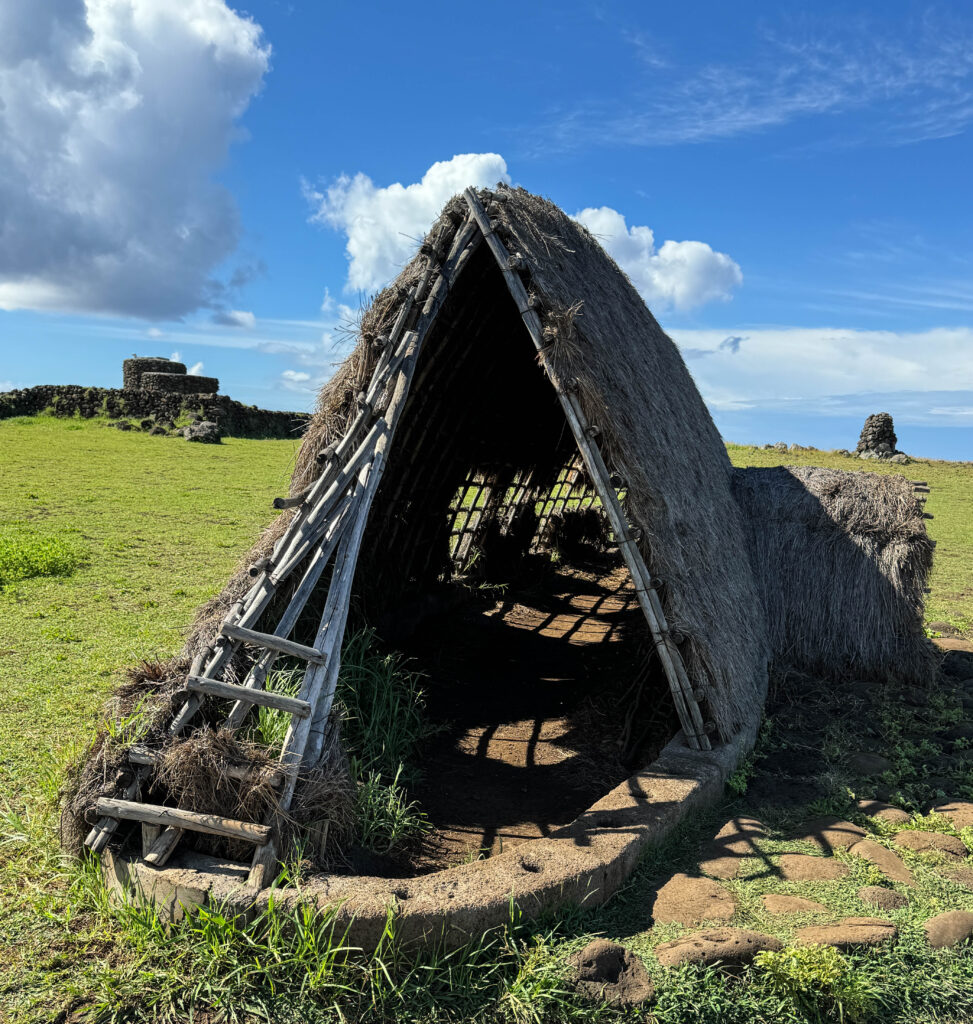
4. The Challenge of Construction and Transport
One of the greatest mysteries of the Moai lies in how they were transported from the quarries to various ceremonial platforms (ahu) across the island sometimes several kilometers away.
Some theories suggest the statues were laid on wooden sledges and rolled over logs. Others propose that the Moai were “walked” upright using ropes, rocking them gently from side to side in a controlled motion.
Modern experiments support the “walking Moai” theory, showing that the statues’ design with a forward-leaning posture and curved base made it physically possible for a small team to move them vertically without modern machinery.
5. The Collapse of Rapa Nui Civilization
By the 17th century, Rapa Nui society faced a severe ecological and social crisis. Extensive deforestation used to build canoes and transport Moai led to soil erosion, crop failure, and resource scarcity.
Competition over dwindling resources caused tribal wars, resulting in the toppling of many Moai during these conflicts. When Europeans arrived, most statues had already been overturned, and the island’s population had declined drastically due to disease, famine, and slave raids.
6. Moai in the Modern Era
Today, Easter Island is a UNESCO World Heritage Site and protected as part of Rapa Nui National Park. Many Moai have been restored, standing once again as symbols of Rapa Nui pride and resilience.
Tourism now plays a vital role in the island’s economy. Thousands of visitors come each year to marvel at the impressive rows of Moai at famous sites such as Ahu Tongariki, Rano Raraku, and Anakena Beach.
Beyond tourism, Easter Island remains an open-air archaeological laboratory offering profound lessons about human ingenuity, environmental balance, and cultural endurance.
ALSO SEE :
The Moving Rocks of Death Valley, A Natural Mystery
Conclusion
The Moai statues of Easter Island are a stunning testament to the creativity and determination of ancient civilizations. These monumental sculptures are not just relics of the past they are spiritual symbols and cultural legacies that embody the soul of the Rapa Nui people.
Though many mysteries remain unsolved, the Moai continue to stand tall against the passage of time, reminding us that true heritage endures beyond centuries carved in stone, spirit, and history.
